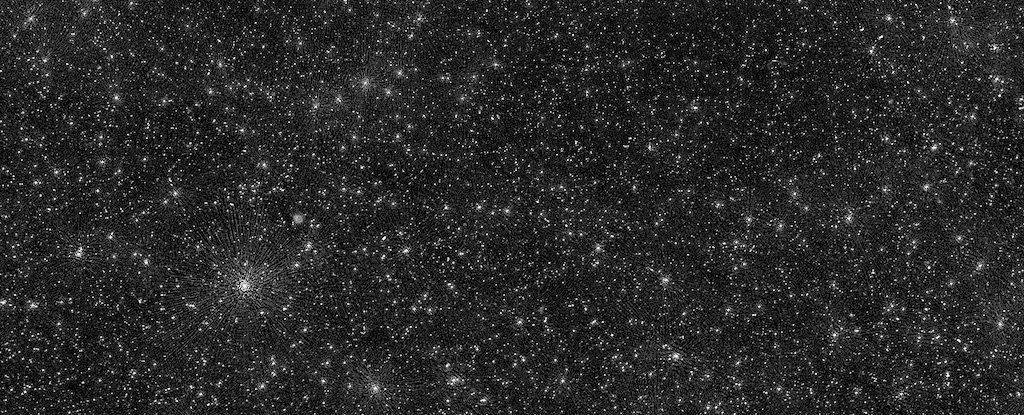
Feb 22, 2021
48 secs
Totalling 25,000 such dots, astronomers have created the most detailed map to date of black holes at low radio frequencies, an achievement that took years and a Europe-sized radio telescope to compile.When they're just hanging out not doing much, black holes don't give off any detectable radiation, making them much harder to find. When a black hole is actively accreting material - spooling it in from a disc of dust and gas that circles it much as water circles a drain - the intense forces involved generate radiation across multiple wavelengths that we can detect across the vastness of space.What makes the above image so special is that it covers the ultra-low radio wavelengths, as detected by the LOw Frequency ARray (LOFAR) in Europe.Currently, LOFAR is the only radio telescope network capable of deep, high-resolution imaging at frequencies below 100 megahertz, offering a view of the sky like no other.
At frequencies below 5 megahertz, the ionosphere is opaque for this reason.
